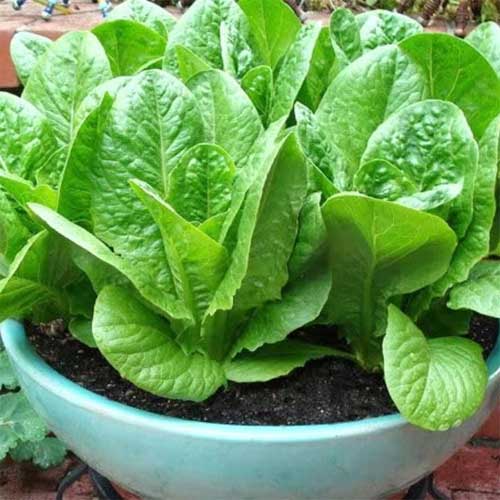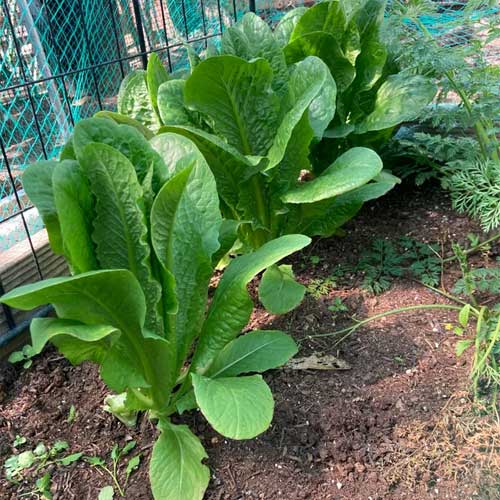Total Number of seeds: 200
Lettuce Green Romaine Seeds produce compact, upright plants with bright green leaves that are crisp, tender, and slightly sweet in flavor. The leaves form a loose, open head with a dense, small leaf structure, making them perfect for fresh salads, wraps, and gourmet dishes. Green Romaine Lettuce is known for its signature crunch and refreshing taste, making it an ideal choice for Caesar salads and sandwiches. This variety is easy to grow and matures later in the season, offering a steady supply of fresh, nutritious greens.


In India, Lettuce Green Romaine Seeds can be sown in cooler months from September to March for a successful crop. These plants thrive in mild temperatures and produce dense heads of crisp, green leaves that are perfect for salads, sandwiches, and gourmet dishes.
1. Apply Nutrient-Rich Fertilizers
When your plants begin flowering, use nutrient-rich fertilizers like Organic Bone Meal Powder or Vermicompost. This helps in boosting the bloom and enhances overall yield.
2. Use Organic Fertilizers
Feed your plants with organic fertilizers such as Cow Dung Manure or Neem Cake. Organic options promote healthy soil life.
3. Regular Feeding
Apply fertilizers every 20-25 days to ensure plants receive a steady supply of nutrients. Choose from various options like Cocopeat Compost for moisture retention.
Green Romaine Lettuce is known for its dense, upright growth habit and crunchy leaves. This variety produces high-quality leaves that are perfect for fresh salads, wraps, and as a garnish. The leaves are rich in nutrients and vitamins, making them a healthy and visually appealing addition to any dish.
Green Romaine is rich in vitamins A, C, and K, as well as folate and antioxidants, making it a healthy addition to any diet. The leaves can be used fresh in salads, wraps, and sandwiches, or as a garnish for various dishes. They are also perfect for adding color and texture to green salads and dishes.
When growing Lettuce Green Romaine Seeds, ensure the soil is loose and well-draining to support proper leaf development. Water regularly to keep the soil moist but avoid waterlogging. Monitor for pests and diseases to keep the plants healthy.
Common issues include pests like aphids and diseases like downy mildew. To prevent these problems, ensure good airflow and use organic pest control methods. Remove affected leaves to avoid disease spread.
Sign in now to receive a 5% instant discount on your first order when using code WELCOME. Begin your organic journey today!
By logging in, you're agreeing to our Terms of Service and Privacy Policy.
Arun kumar
high germination rate and i got free sample seeds inside the paket